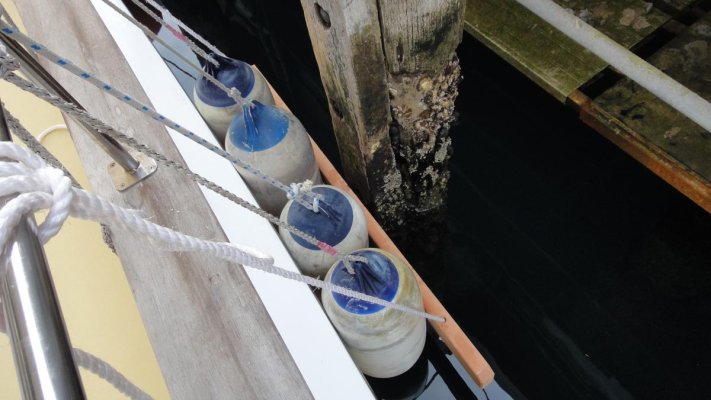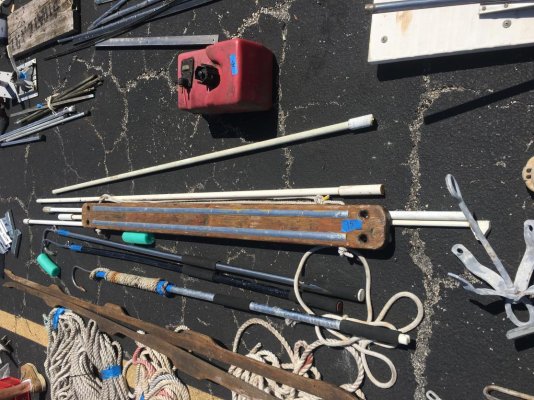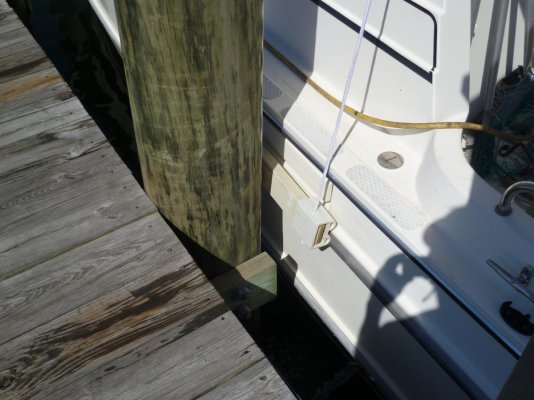Why boards though or PVC or any such material? You don't use boards in conjunction with regular fenders. I think the concept of horizontal protection is the key to protection and that's the origin of fender boards, but I suggest rather than fenders and boards, simply some very large fenders turned horizontally. You ask how large, well they are made up to 4' x 20'.
Now, there is one benefit I see in the board itself. It serves as a sacrificial anode protecting the fender itself. While doing so it might damage the piling though. I know keeping fenders looking like new is important to some but I see them as utilitarian in nature and I know they're going to show wear. That's why they use tires for the Panama Canal and commercial boats use them regularly.



